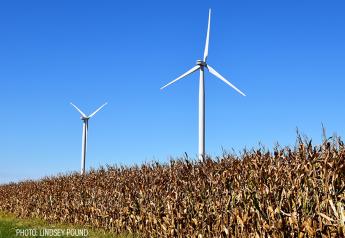10 Most Common Workplace Injuries

Here are the top 10 reported worker's compensation injuries as listed by insurance companies around the country:
10) On the Job Violent Acts
Attacks caused by office politics and other arguments have led to serious physical injuries. Workplace violence employee training and employee diligence in watching out for suspicious activities can help keep these incidents at bay.
9) Repetitive Motion Injuries
This type of workplace injury is one of those less obvious but definitely harmful ones in the long run. Repetitive motions such as typing and using the computer 24/7 can strain muscles and tendons causing back pain, vision problems, and carpal tunnel syndrome. Employee training and the use of proper ergonomic equipment can help keep these incidents low.
8) Machine Entanglement
This injury usually occurs in a factory where heavy equipment and machinery are used. Fingers and hair can get stuck in this type of equipment causing injuries. Employees should wear the proper protective equipment and pull back long hair or cover it up if exposure could lead to injury.
7) Vehicle/Equipment Accidents
Employees who drive for business purposes are often injured in accidents, some of which can be fatal. Employee Safe-Driver training and employer safe driving policies can help reduce accidents.
6) Walking Into Injuries
This happens when a person accidentally runs into concrete objects such as walls, doors, cabinets, glass windows, table, chairs etc. Head, knee, neck, and foot injuries are common results. Employee's diligence and employer focus on keeping the work environment free from hazards are key to preventing these types of injuries.
5) Falling Object Injuries
Objects that fall from shelves or dropped by another person can cause very serious injuries. Head injuries are a common result of this type of accident. Employee's diligence and employer focus on keeping the work environment free from hazards are key to preventing these types of injuries. Of course, proper personal protection gear usage, such as a hard hat, can be instrumental in keeping employees safe.
4) Reaction Injuries
These are injuries caused by slipping and tripping without falling. These incidents can cause muscle injuries, body trauma, and a variety of other medical issues. It can be hard to prevent such incidents but it is important for employees to pay attention to what is going on in the environment around them.
3) Falling From Heights
This type of fall happens from an elevated area such as roofs, ladders, and stairways. They can be caused by slip and fall accidents or due to faulty equipment. These types of accidents can be reduced by the use of proper fall protection equipment, training and employee diligence.
2) Slipping/Tripping
The number two cause of workplace injuries, this pertains to falls on wet and slippery floors or tripping over something lying on the floor. It is important for employees to pay attention to what is going on around them and for employers to have safety guidelines that ensure spills are promptly cleaned and no debris is present which can be dangerous.
1) Overexertion Injuries
This includes injuries related to pulling, lifting, pushing, holding, carrying, and throwing activities at work. Overexertion is the number one workplace injury and also the most expensive accounting for $3.4 million in benefit costs annually.
Training, diligence and proper safety equipment are instrumental elements to reducing workplace accidents and injuries but when it comes to bringing workers home safe, it is not enough. Education is what takes workplace safety to the next level. Arbill offers a wide range of free resources. From whitepapers to single page PDFs that cover a wide variety of safety topics.







